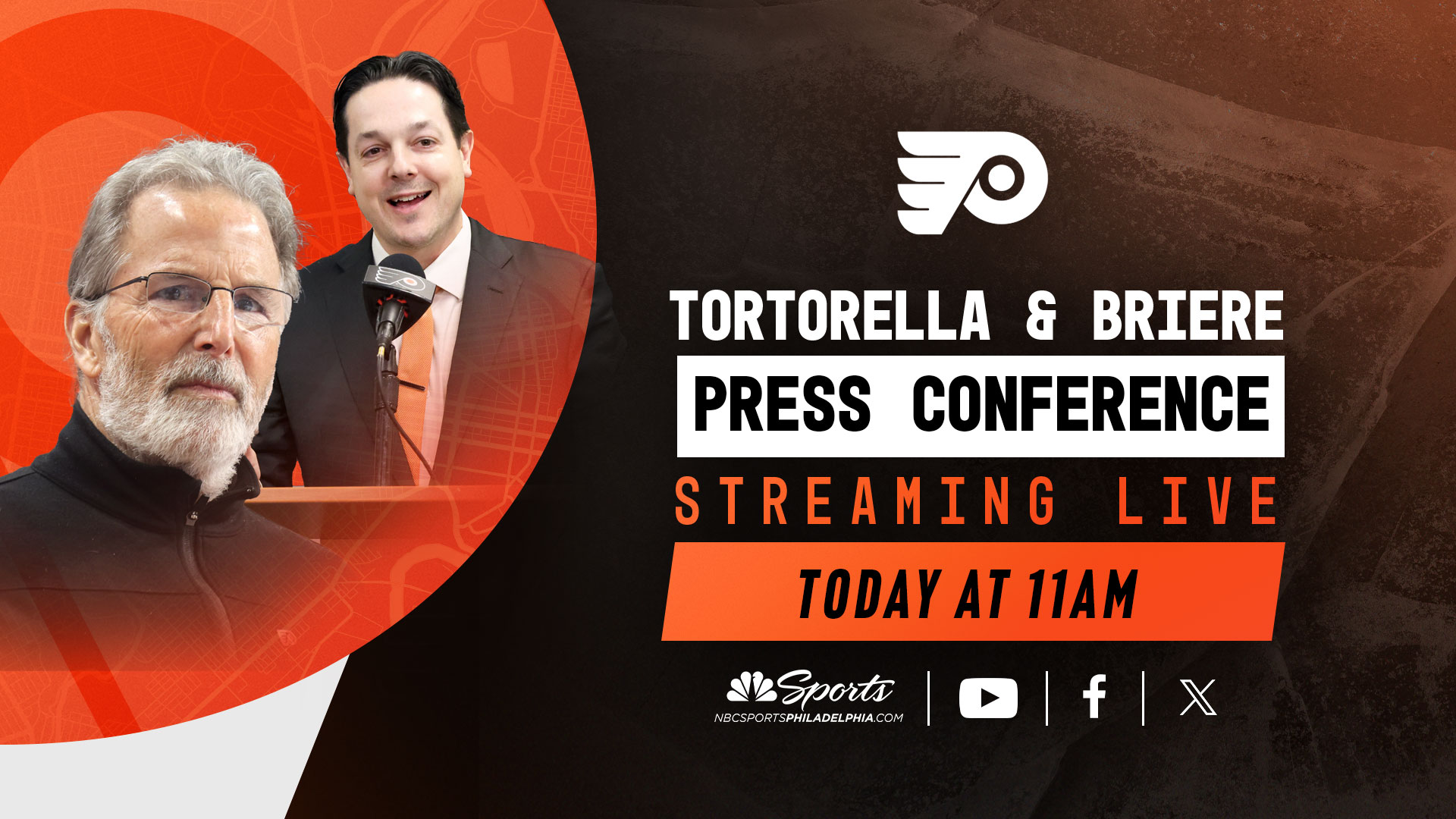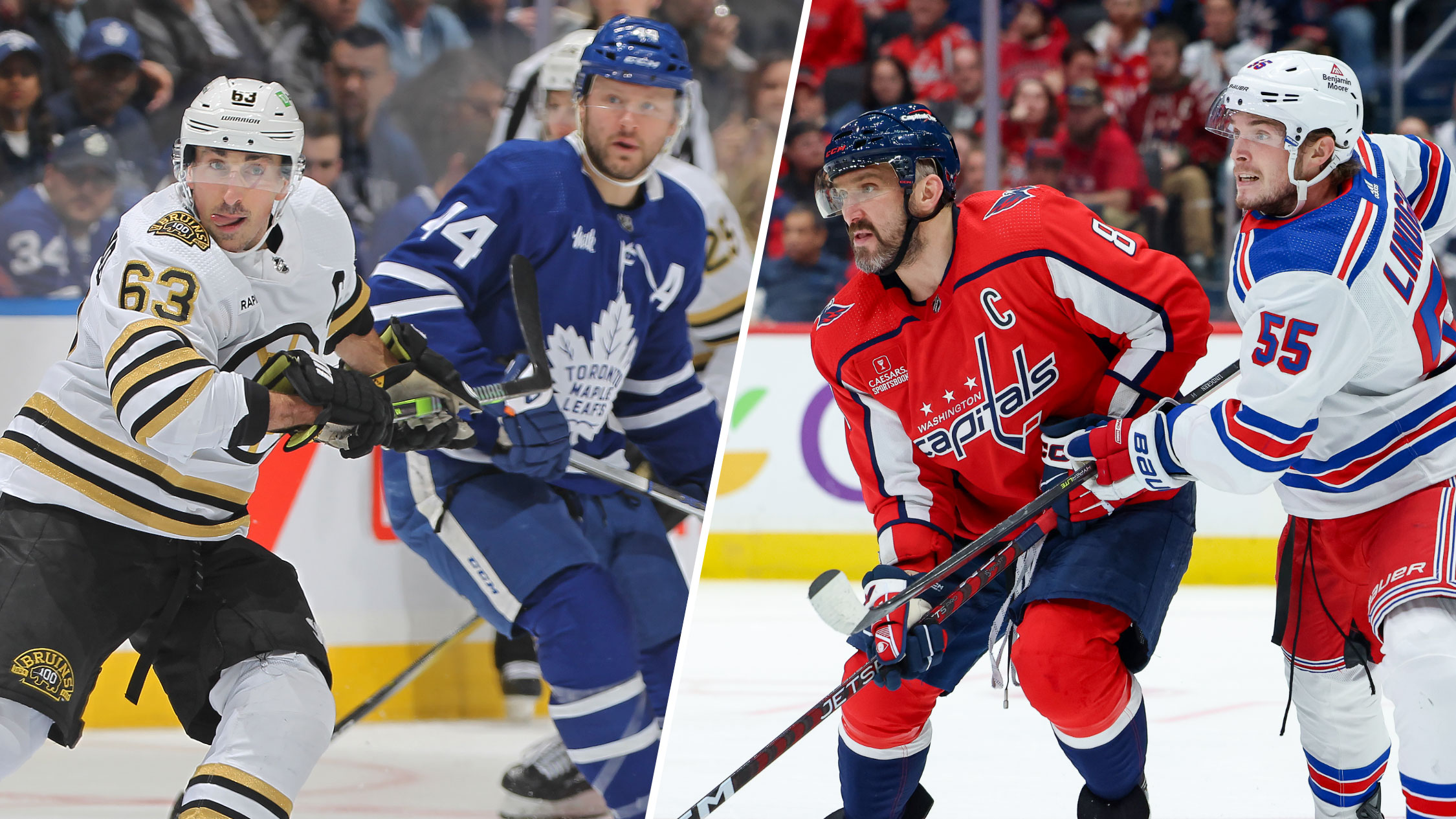If the Flyers had to redraft 2007 all over again, knowing what we all know now, then Stars captain Jamie Benn in all likelihood would have been the franchise’s second overall selection right after the Chicago Blackhawks snagged Patrick Kane.
Instead, the organization chose James van Riemsdyk, who at the time was considerably more polished and NHL-ready than Benn was at the age of 18. In fact, you have to scroll down another 127 picks after the selection of JVR into the fifth round to see that the Stars finally selected Benn.
How could a player that eventually won the Art Ross Trophy as the league’s top scorer in 2015 become somewhat of an afterthought and nearly dismissed on draft day?
Poor skating ability.
Despite having the size of a power forward, Benn was a below-average skater and teams clearly shied away from drafting him. From that moment, Benn was determined that an inadequate skating technique wouldn’t deter him from playing in the NHL.
Want an even better example?
With a smaller 5-foot-10 stature, but tremendously skilled with a high hockey IQ, Tampa Bay's Brayden Point slipped to the late third round. His skating was the one area that needed major improvement. Point worked strenuously over the summer with former Canadian world champion figure skater Barb Underhill.
NHL
Now, the Lightning center is a 30-goal scorer, and perhaps most impressively, Point is lightning quick. He finished second to Oilers superstar Connor McDavid in the league’s fastest skater competition during All-Star weekend’s skills competition.
The Flyers have a similar player in their system that checks a lot of Ron Hextall’s boxes except for the one next to skating ability. It’s the single biggest reason Matthew Strome fell to the Flyers in the fourth round (106th overall) in last year’s draft after watching his older brothers go top five (Ryan — fifth overall in 2011, Dylan — third overall in 2015).
“Matthew Strome is a pretty good example,” Hextall said last week. “With Matthew, skating is his weakness. He’s got one flaw, everything else is pretty good. So, you look at Matthew and if he can just improve it — he’s never probably going to be a great skater, but if we can just ramp him up two levels, he’s got a real good chance at playing in the National Hockey League.”
Playmaking ability or possessing a high hockey IQ are traits that require years of development, whereas poor skating is a mechanical flaw that demands rewiring the brain and breaking old habits similar to how a golf coach makes adjustments to a player’s swing.
“I can spend an hour with some players and they can get the stride right off. In one hour, some guys get way better,” said Slava Kouznetsov, who has served as the Flyers' skating coach since 2006. “Some guys spend weeks of training to get the same stuff done. It’s learning a new language. Some guys pick it up right away with the way the brain is wired, and some guys will never be able to speak the language. Some guys will take years to pick it up.”
Kouznetsov was able to fine-tune Steve Downie’s skating technique that was considered choppy with a short stride, which left him unable to have the required stamina to stay out during an entire shift. Downie was a late 2005 first-round pick who had other issues that plagued his nine-year NHL career, but without improving his skating stride, Downie would have never made it on to an NHL roster.
The deeper you go into the NHL draft’s middle to late rounds, the more unlikely it becomes that those players will make the jump to the NHL. The success rate is somewhere in the single digits. There are simply too many holes in a player’s game that organizations can’t plug. Yet, the key is finding a skill that’s considered NHL quality and then hoping those problem areas are correctable.
More and more teams around the league believe skating is the one fixable flaw contingent on one significant variable.
“First you have to teach the brain new ways, then you have to reteach your body to adapt to the new way,” Kouznetsov said. “Most important thing is you have to be willing to do that. That’s the biggest. You can lead a horse to the water, but you can’t make the horse drink.”
Which may be Hextall’s biggest challenge on Day 2 of the draft. Knowing and sensing which prospects will work tirelessly to fix those flaws, and which players are inevitably too set in their ways to overcome them.


